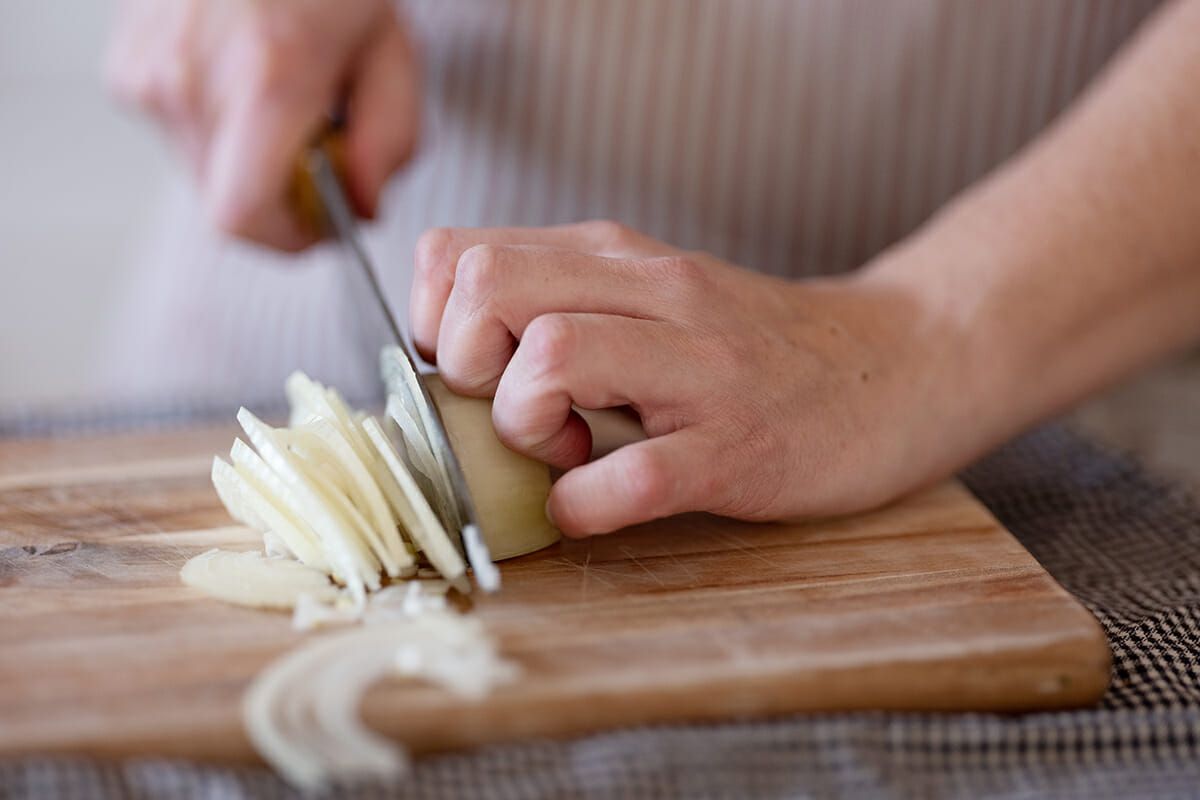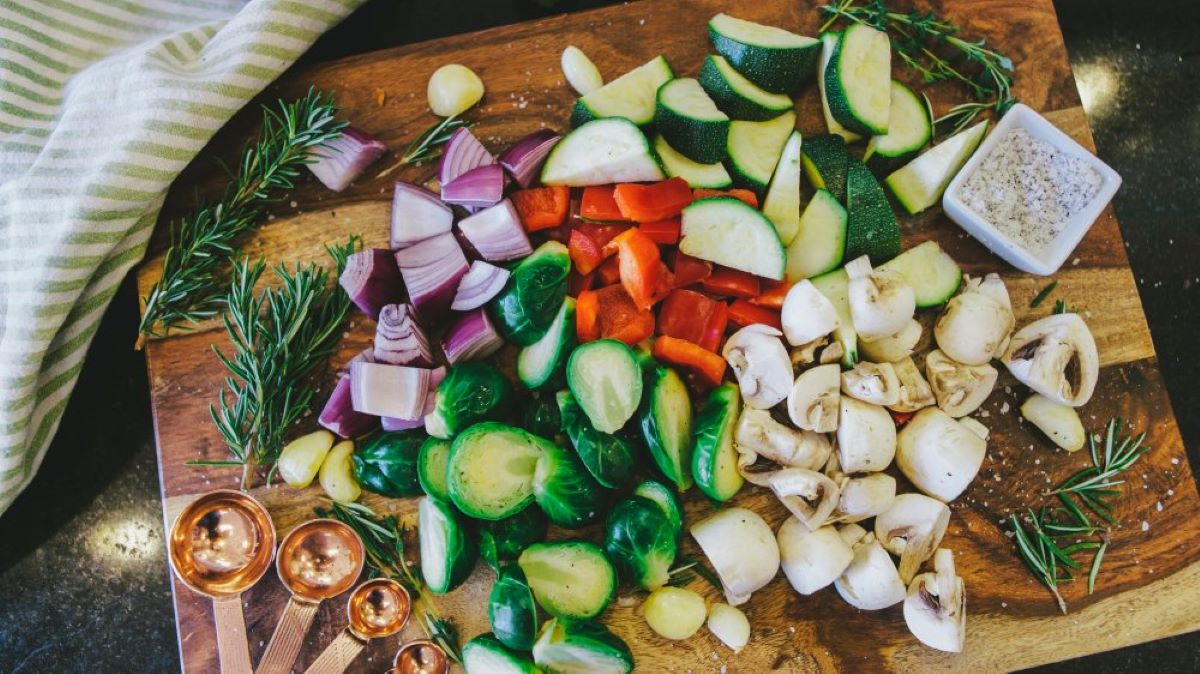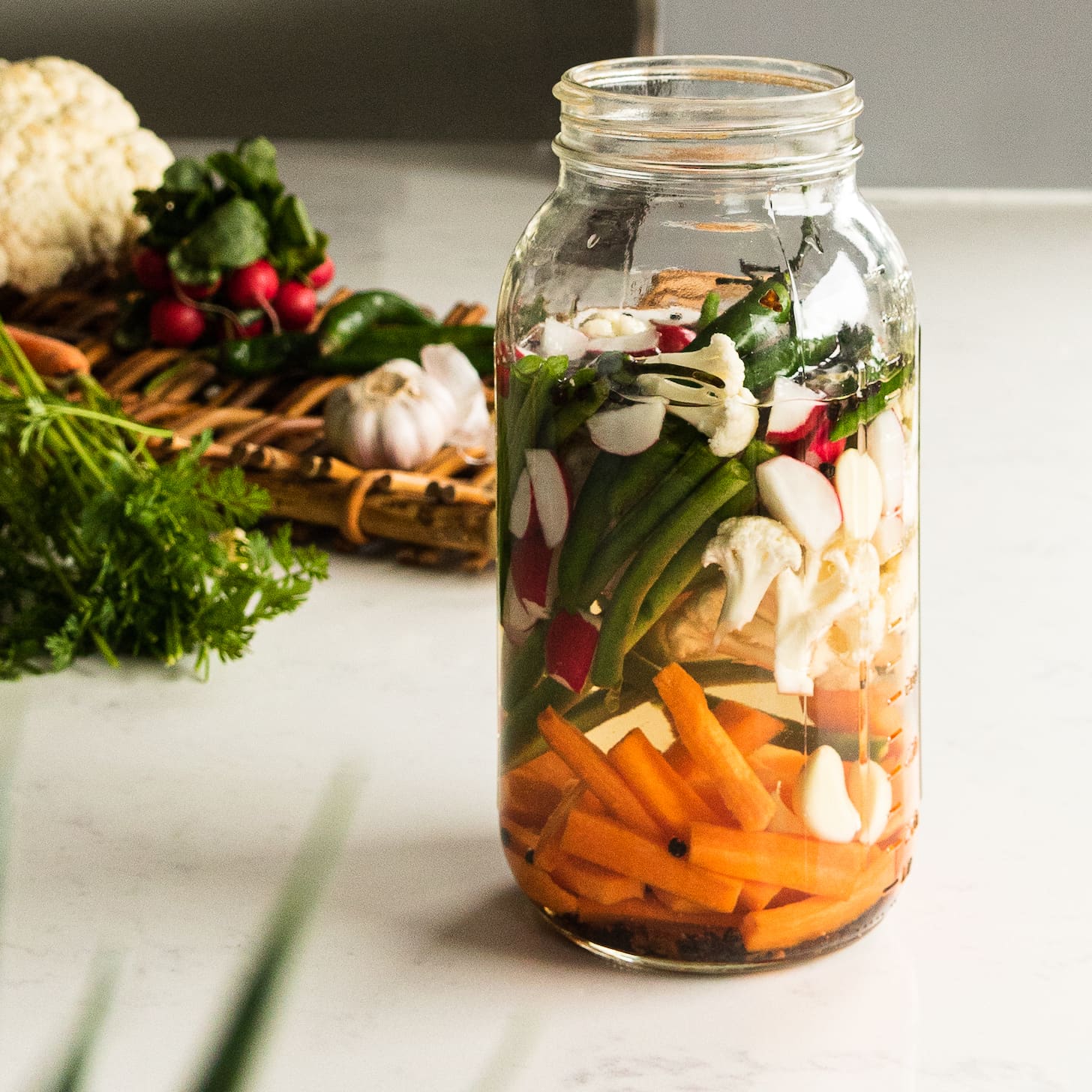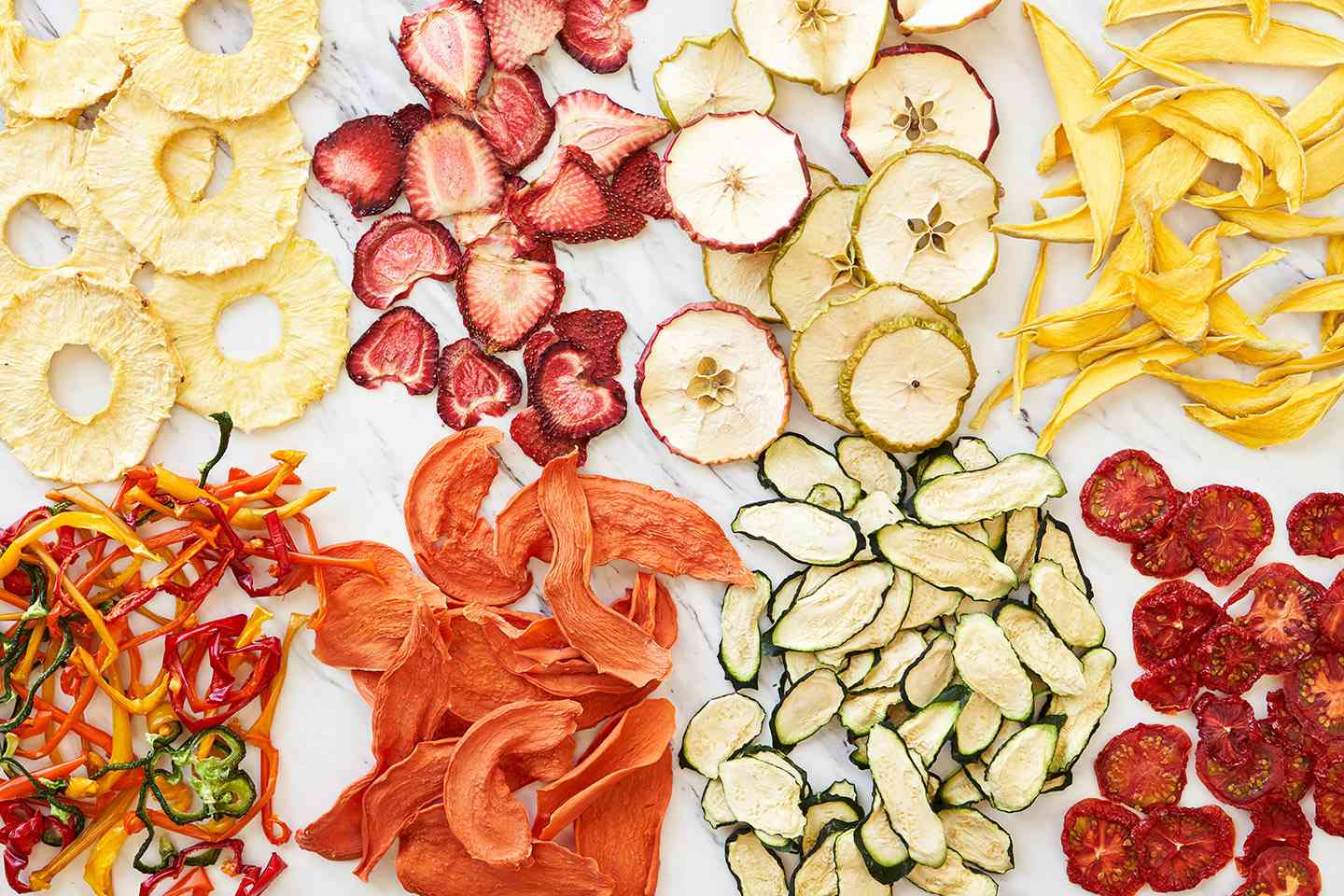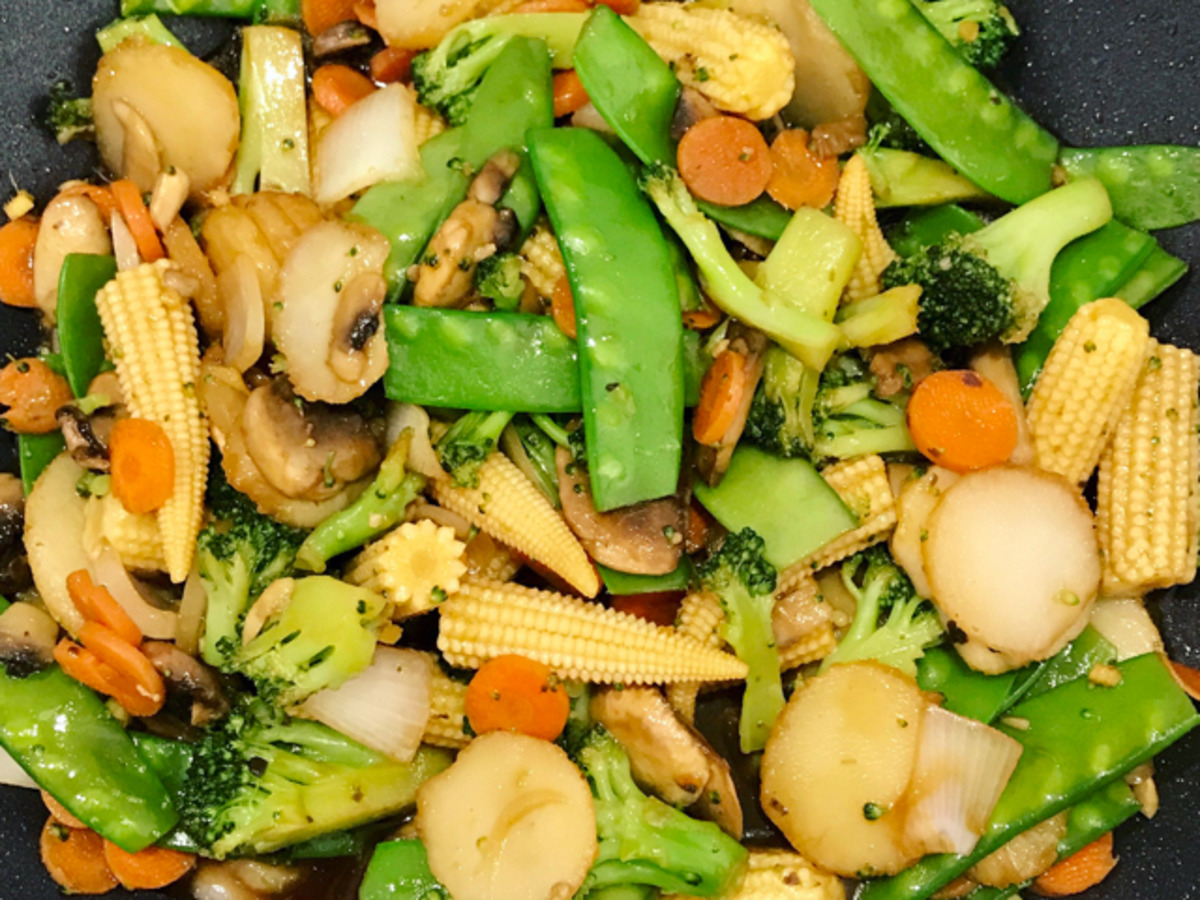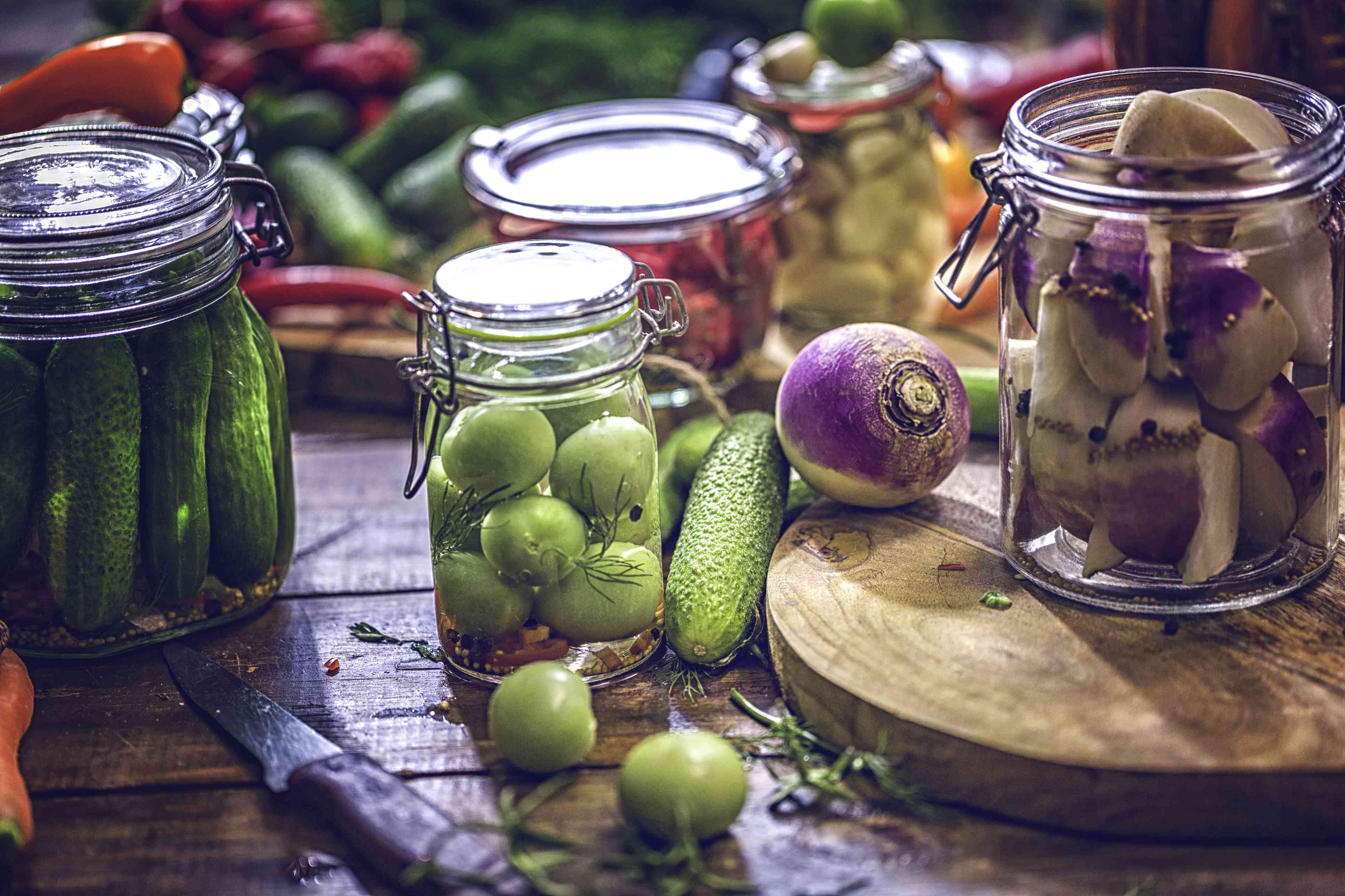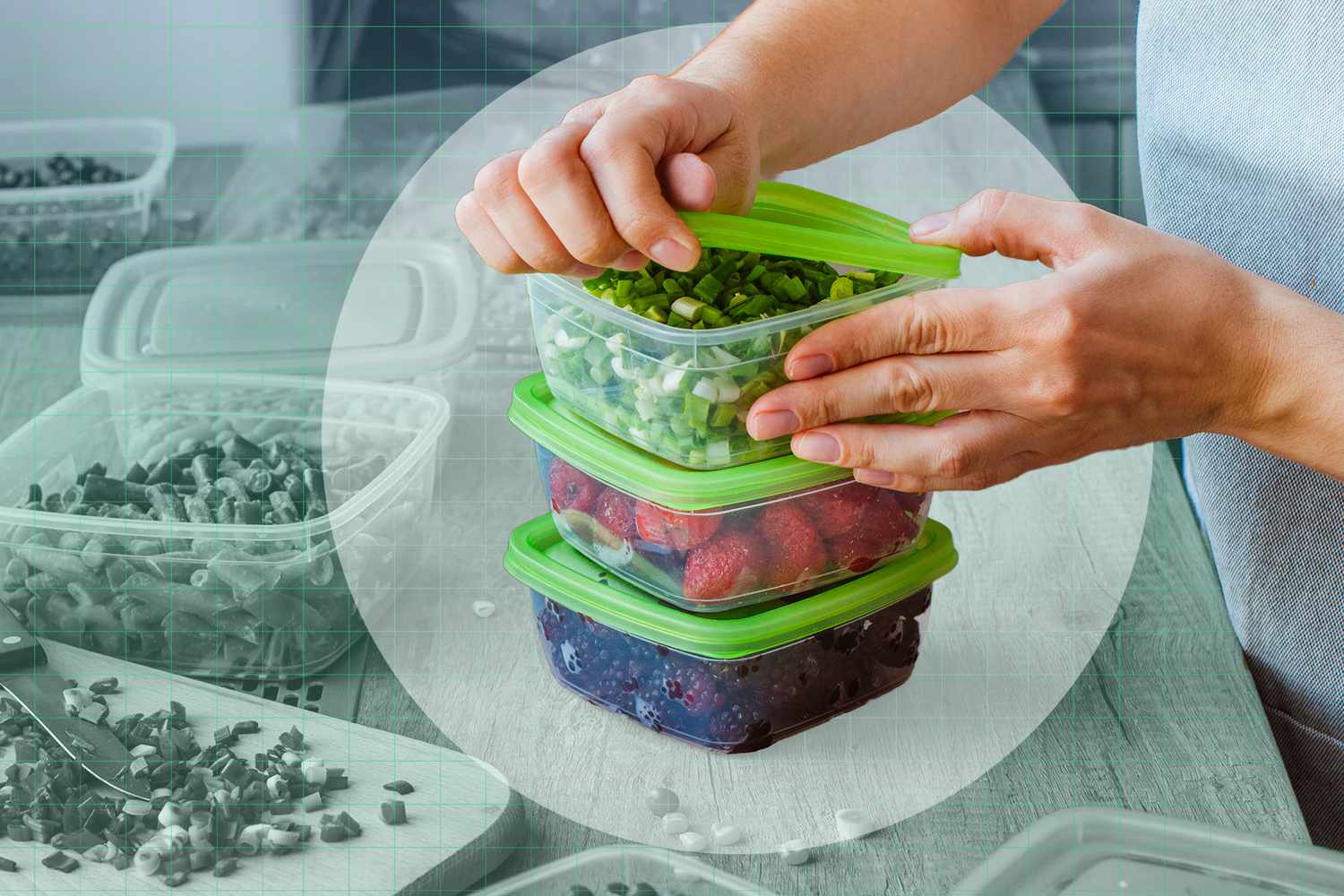Home>Gardening News and Trends>Latest News>How To Boil Vegetables
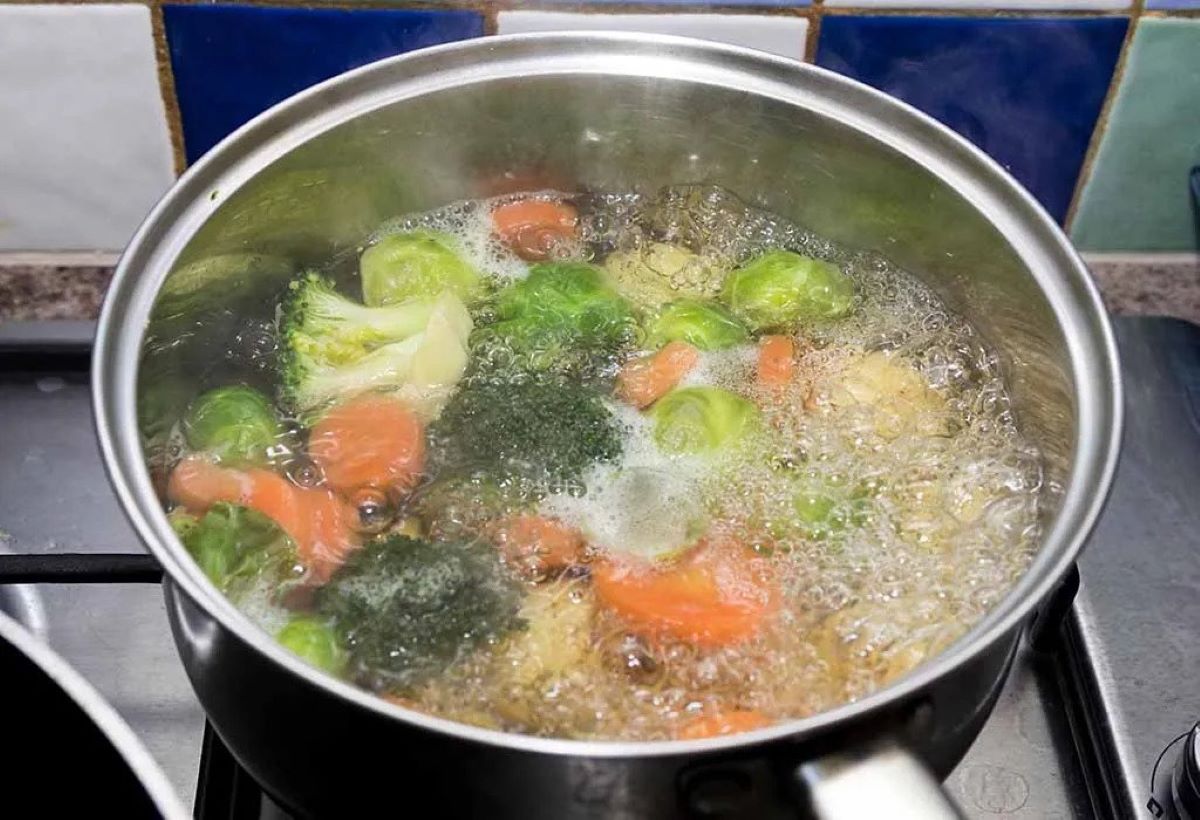

Latest News
How To Boil Vegetables
Modified: January 22, 2024
Discover the latest news on how to boil vegetables and achieve perfectly cooked, nutritious meals with our step-by-step guide. Enhance your culinary skills and enjoy a variety of tasty and healthy options.
(Many of the links in this article redirect to a specific reviewed product. Your purchase of these products through affiliate links helps to generate commission for Chicagolandgardening.com, at no extra cost. Learn more)
Table of Contents
Introduction
Boiling vegetables is a simple and healthy cooking method that can preserve their nutritional value while providing a delicious addition to any meal. Whether you’re a seasoned chef or a novice in the kitchen, boiling vegetables is a technique that anyone can master.
Boiling vegetables involves submerging them in water and cooking them until they reach the desired level of tenderness. This method is especially popular for cooking vegetables such as broccoli, carrots, potatoes, and green beans. Boiling allows the vegetables to retain their vibrant colors, textures, and flavors, making them a versatile and satisfying addition to a wide range of dishes.
Not only does boiling vegetables require minimal effort, but it also ensures that they retain most of their nutrients. Compared to other cooking methods like frying or sautéing, boiling can help preserve the vitamins and minerals in vegetables, making them a wholesome choice for your meals. Whether you’re trying to maintain a balanced diet or simply looking for a quick and easy way to cook your vegetables, boiling is an excellent option.
In this article, we will guide you through the step-by-step process of boiling vegetables, including tips and tricks to make your dish flavorful and nutritious. So let’s get started and learn how to boil vegetables to perfection!
Step 1: Gather the vegetables
The first step in boiling vegetables is to gather your desired vegetables. Choose fresh, crisp vegetables that are free from any signs of spoilage. Opt for a variety of colors to make your dish visually appealing and nutrient-rich.
When selecting vegetables, consider their cooking times. Vegetables like broccoli and cauliflower cook quickly, while root vegetables like potatoes and carrots may take longer. Keep this in mind when planning your meal to ensure all the vegetables are cooked to perfection.
Wash the vegetables thoroughly under running water to remove any dirt or debris. Peel and trim them as necessary, ensuring that they are cut into similar-sized pieces for even cooking.
Remember, it’s important to use fresh vegetables, as they not only taste better but also retain more nutrients. If possible, buy locally-grown or organic produce for a healthier and more flavorful dish.
Once you have gathered and prepared your vegetables, you’re ready to move on to the next step: preparing them for boiling.
Step 2: Prepare the vegetables for boiling
After gathering your vegetables, it’s important to properly prepare them before boiling. Follow these steps to ensure that your vegetables cook evenly and retain their flavor:
- Peel and trim: For vegetables like carrots and potatoes, peel off the skin using a vegetable peeler. Trim off any tough or woody ends. This will result in a more pleasant texture and uniform cooking.
- Cut into even pieces: Chop the vegetables into uniform-sized pieces to ensure they cook evenly. This is particularly important when boiling vegetables of different sizes and shapes. For instance, you may need to cut larger carrots into smaller slices or halve larger broccoli florets.
- Remove any tough stems or cores: Some vegetables, like broccoli or cauliflower, have tough stems or cores that need to be removed. Simply cut off the tough parts and discard them. This will help the vegetables cook more evenly and prevent any unwanted chewiness.
- Leave small vegetables whole: For smaller vegetables like peas or cherry tomatoes, you can leave them whole. This will prevent them from getting mushy during the boiling process.
Additionally, remember to remove any leaves, dirt, or debris that may be stuck to the vegetables. This will ensure a clean and appetizing final result.
Now that your vegetables are properly prepared, it’s time to move on to the next step: boiling the water.
Step 3: Boil the water
Before adding the vegetables to the pot, it’s important to start with boiling water. Here’s how you can do it:
- Select a large pot: Choose a pot that is large enough to comfortably accommodate the amount of vegetables you are boiling. This will ensure that the vegetables have enough space to cook evenly.
- Add water to the pot: Fill the pot with enough water to fully cover the vegetables. As a general rule of thumb, use about 4-6 cups of water for every pound of vegetables.
- Bring the water to a rolling boil: Place the pot on the stove over high heat. Allow the water to come to a rolling boil, which means that it is rapidly bubbling and steaming.
- Season the water (optional): If desired, you can add salt or other seasonings to the boiling water to enhance the flavor of the vegetables. This step is optional, but it can add a delicious touch to your dish.
Remember, it’s important to start with boiling water to maintain the integrity and taste of the vegetables. The hot water will start the cooking process immediately and ensure that your vegetables cook evenly.
Now that the water is boiling, it’s time to move on to the next step: adding the vegetables to the pot.
Step 4: Add the vegetables to the boiling water
Now that the water is boiling, it’s time to carefully add the prepared vegetables to the pot. Follow these steps to ensure that the vegetables cook properly:
- Gently place the vegetables into the boiling water: Using a slotted spoon or tongs, carefully place the vegetables into the pot. Be cautious to prevent any splashing or spilling of the hot water.
- Submerge the vegetables completely: Make sure that all the vegetables are fully submerged in the boiling water. This will ensure even cooking and prevent any part of the vegetables from being undercooked.
- Stir the vegetables: Give the vegetables a gentle stir to prevent them from sticking to the bottom of the pot. This will also help them cook evenly.
It’s important to avoid overcrowding the pot with too many vegetables. If needed, you can cook the vegetables in batches or use a larger pot to ensure that they have enough space to cook properly. Overcrowding the pot can lead to uneven cooking and mushy vegetables.
Once the vegetables are added to the boiling water, it’s time to move on to the next step: cooking the vegetables to perfection.
Step 5: Cook the vegetables
Once the vegetables are added to the boiling water, it’s time to let them cook until they reach the desired level of tenderness. Here’s how to cook your vegetables to perfection:
- Reduce the heat: After adding the vegetables to the pot, reduce the heat to medium or medium-low. This will maintain a gentle boil and prevent the water from evaporating too quickly.
- Cover the pot (optional): Depending on the vegetables you are cooking and personal preference, you can choose to cover the pot with a lid. Covering the pot helps to trap steam and can result in slightly faster cooking. However, keep in mind that covering the pot may also lead to the vegetables becoming softer.
- Check the cooking time: The cooking time for vegetables can vary depending on their size, type, and personal preference. Most vegetables will take around 5-15 minutes to cook. However, denser vegetables like potatoes may take longer, while softer vegetables like spinach may cook more quickly. It’s important to monitor the vegetables closely to prevent overcooking.
- Test for doneness: To check if the vegetables are cooked to your liking, pierce them with a fork or skewer. They should be tender yet still have a slight bite. Avoid cooking the vegetables until they are mushy, as this can result in loss of texture and nutrients.
Remember, the cooking time will largely depend on your personal preference. If you prefer your vegetables to be crisp-tender, cook them for a shorter time. For a softer texture, cook them for a longer period. Taste-testing the vegetables as they cook will help you achieve the perfect level of doneness.
Once the vegetables have reached the desired level of tenderness, it’s time to move on to the next step: draining them in the final section.
Step 6: Check for doneness
Checking for doneness is a crucial step when boiling vegetables to ensure that they are cooked to perfection. Follow these guidelines to determine if your vegetables are done:
- Visual cues: Look at the color and texture of the vegetables. They should appear vibrant and have a tender but slightly crisp texture. Avoid overcooking them, as this can result in a mushy texture and loss of nutrients.
- Fork test: Use a fork or skewer to pierce the vegetables. They should offer some resistance but not be too firm. If the fork easily goes through the vegetables without much resistance, they may be overcooked. If they are too hard and resist the fork, they need more time to cook.
- Taste test: Take a small piece of one of the vegetables and taste it. Vegetables should be cooked until they are tender and flavorful. If they are still too firm or lack flavor, continue cooking them for a bit longer.
It’s important to remember that the cooking time will vary depending on the type and size of the vegetables. Root vegetables like potatoes and carrots will take longer to cook, while softer vegetables like leafy greens will cook more quickly. The ideal doneness will also depend on personal preference, with some preferring a crunchier texture and others a softer consistency.
By visually inspecting the vegetables, conducting a fork test, and tasting them, you can ensure that your boiled vegetables are cooked to your desired level of doneness.
Once you are satisfied with the doneness of the vegetables, it’s time to move on to the next step: draining them in the final section.
Step 7: Drain the boiled vegetables
After your vegetables have reached the desired level of doneness, it’s important to drain them properly to remove any excess water and prevent them from becoming soggy. Follow these steps to drain the boiled vegetables:
- Prepare a colander or strainer: Set up a colander or a fine-mesh strainer in the sink or over a large bowl. Make sure it’s clean and large enough to hold all the vegetables.
- Carefully pour the vegetables into the colander: Using a slotted spoon or tongs, carefully transfer the vegetables from the pot to the colander. Be cautious of the hot steam and water as you do this.
- Allow the vegetables to drain: Let the vegetables sit in the colander for a few minutes to allow the excess water to drain off completely. Gently shake the colander or use a spoon to lightly toss the vegetables to help remove any trapped water.
- Pat dry, if needed: If you prefer your vegetables to be drier, you can pat them gently with a clean kitchen towel or paper towel to remove any remaining moisture.
Draining the boiled vegetables is essential to prevent them from becoming waterlogged and diluting their flavors. It also helps to ensure that any excess salt or seasoning used in the boiling water does not overpower the taste of the vegetables.
Once the vegetables are drained, they are ready to be seasoned and served in the next step.
Step 8: Season and serve the vegetables
Now that your boiled vegetables are perfectly cooked and drained, it’s time to enhance their flavors and serve them as a delicious side dish or as part of a main course. Follow these steps to season and serve your vegetables:
- Add seasonings: While boiled vegetables can be enjoyed as-is, you can enhance their taste by adding seasonings. Sprinkle them with salt, pepper, herbs, or spices of your choice. You can also drizzle them with olive oil, a squeeze of lemon juice, or a pat of butter for added flavor.
- Mix in sauces or dressings: If you prefer a saucier or more dressed-up dish, you can toss the boiled vegetables with your favorite sauces or dressings. Consider options like teriyaki sauce, balsamic vinaigrette, or homemade aioli to add a burst of flavor.
- Incorporate additional ingredients: Get creative and add other ingredients to your boiled vegetables to elevate their taste. Consider tossing them with roasted garlic, caramelized onions, toasted nuts, or grated cheese for added depth and richness.
- Serve and garnish: Transfer the seasoned vegetables to a serving dish and garnish them with fresh herbs, toasted seeds, or a sprinkle of grated cheese. This will not only enhance their presentation but also add extra texture and flavor.
Remember to consider the flavor profiles of your dish and balance the seasonings accordingly. Taste as you season to ensure that the flavors are to your liking. Don’t be afraid to experiment and make the dish your own!
Once seasoned and garnished, your delicious boiled vegetables are ready to be served alongside your favorite main course or enjoyed on their own.
With these simple steps, you can confidently boil vegetables to perfection and create a flavorful and nutritious dish that will be enjoyed by everyone. So, gather your fresh produce, heat up that pot of water, and get ready to savor the natural goodness of boiled vegetables!
Conclusion
Boiling vegetables is a versatile and straightforward cooking method that allows you to prepare healthy, flavorful dishes in no time. By following these steps, you can ensure that your boiled vegetables are cooked to perfection, retaining their vibrant colors, nutrients, and flavors.
Start by gathering fresh vegetables of your choice and preparing them for boiling by peeling, trimming, and cutting them into evenly-sized pieces. Then, bring a pot of water to a rolling boil and season it if desired. Add the vegetables to the boiling water, ensuring they are fully submerged, and cook them until they reach the desired level of tenderness.
Check for doneness by conducting visual and taste tests, ensuring the vegetables are cooked but still retain a pleasant texture. Drain the boiled vegetables to remove excess water and enhance their flavors.
Finally, season the vegetables with herbs, spices, sauces, or dressings of your choice, and garnish them for a visually appealing presentation. The possibilities for flavor combinations are endless, so feel free to get creative!
Boiling vegetables is not only an easy cooking technique but also a great way to incorporate nutrient-rich ingredients into your meals. Whether you’re aiming for a simple side dish or a flavorful addition to your main course, boiled vegetables offer endless options for customization and enjoyment.
So, next time you’re in the mood for a delicious and healthy meal, remember to boil your vegetables using these simple yet effective steps. Your taste buds and body will thank you!
